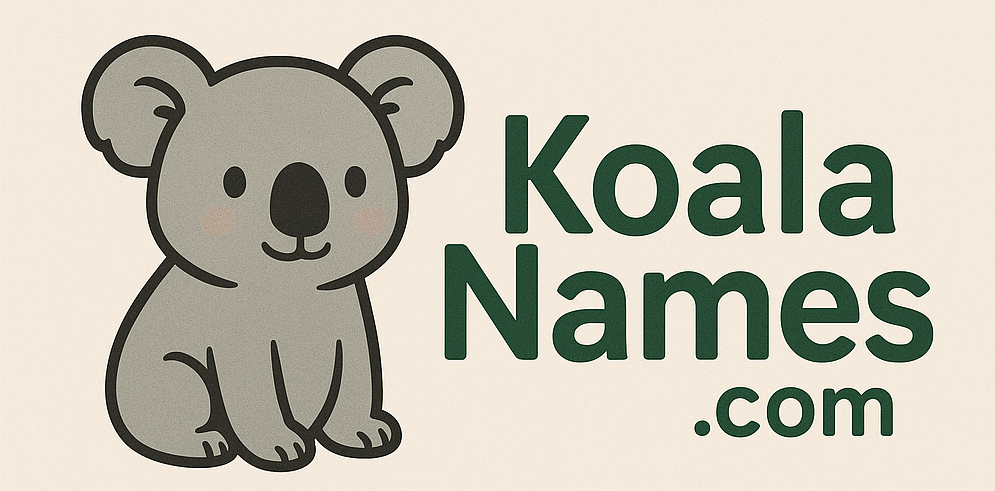| Su | Mo | Tu | We | Th | Fr | Sa |
|---|---|---|---|---|---|---|
| 26 | 27 | 28 | 29 | 30 | 31 | 1 |
| 2 | 3 | 4 | 5 | 6 | 7 | 8 |
| 9 | 10 | 11 | 12 | 13 | 14 | 15 |
| 16 | 17 | 18 | 19 | 20 | 21 | 22 |
| 23 | 24 | 25 | 26 | 27 | 28 | 29 |
| 30 | 1 | 2 | 3 | 4 | 5 | 6 |
Attention❗ To save your time, in order to download anything on this site, you must be registered 👉 HERE. If you do not have a registration yet, it is better to do it right away. ✌

SpicyMags.xyz

SpicyMags.xyz

Have you ever wondered what your name says about you? At KoalaNames.com, we’ve decoded over 17,000 names to uncover the cosmic and numerical energies woven into every letter.
Our unique blend of astrology and numerology delivers:
- A deep dive into your name’s meaning and origin
- Zodiac-based personality insights tied to your birth chart
- Personalized numerology profile revealing your life path number
- Daily guidance and affirmations aligned with your name’s vibrations
- Use our Name Generator, tweak parameters like zodiac sign, life-path number, cultural origin, elemental balance, and more to craft the perfect name
Stardock IconX Enhanced ver. 1.10
Date: 7 Apr 2006 23:51:00
Stardock IconX enhances your Windows desktop icons. Give them shadows, make them any size, have them zoom up on mouse-over and much more. In short: Make your desktop icons look totally awesome!
A Semantic Web Primer (Cooperative Information Systems)
Date: 7 Apr 2006 23:21:00
A Semantic Web Primer (Cooperative Information Systems) by Grigoris Antoniou, Frank van Harmelen
The MIT Press | ISBN 0262012103 | Apr 2004 | PDF | 272 Pages | 1,07 Mb
The components and concepts of the topic are then covered in chapters devoted to:
- Describing Web Resources in RDF, which includes basic ideas, XML-based syntax, schema, and querying.
- Web Ontology Language (OWL), which introduces the OWL language, examples and future extensions. Appendix A contains Abstract OWL syntax, which augments this chapter.
- Logic and Inference, covers monotonic and non-monotonic rules, syntax, rule mark-up in XML and examples. This chapter will require an understanding of formal logic, and I also recommend additional research on the web regarding the debate about using non-monotonic rules, which has highly vocal proponents and detractors.
- Applications, a chapter of case studies from real companies, including Audi, and material on how semantic web concepts can be applied to E-learning, web services and other scenarios.
- Ontology Engineering (ontology is synonymous with taxonomy) using manual and semi-automatic methods. There is also an excellent discussion about reuse.
Software:Mokey ver. 4.0 rc 6
Date: 7 Apr 2006 23:13:00
If you regularly work on projects recquiring removal of wires, rigs, logos, faces, lens flares, scratches, hair-in-gate, grain, warped frames, lens distortion and so on then mokey offers you the ability to improve productivity on traditionally very labour intensive work. Mokey allows you to save shots that otherwise could not have been saved within the budget constraints of the client. Mokey complements your existing investment in post production hardware/software by being compatible with most other packages, such as Autodesk Discreet, Avid DS, Adobe After Effects, Quantel generationQ, Apple Shake and other compositing and editing systems.
Complete Idiot's Guide To Acupuncture And Acupressure
Date: 7 Apr 2006 23:02:00
Complete Idiot's Guide To Acupuncture And Acupressure
David W Sollars | Alpha | ISBN 0786535008 | 2000 | PNG | 360 Pages | 24,8 Mb
If you are interested in knowning more about acupressure and acupuncture, this guide covers all aspects of treatment from choosing a practitioner to follow-up excercises. It provides a comprehensive listing of medical ailments from acne to menopause that can be healed naturally.
Face On Body ver. 2.1.3
Date: 7 Apr 2006 22:52:00
Face On Body ver. 2.1.3
The Only Software Designed To Move Any Face To Any Body!
FaceOnBody is the only software in the universe designed specifically to put any face on any body. With any Windows-based system, you can transport the faces of your friends, classmates and co-workers to the most glamorous, sexy, seedy, hilarious places you can imagine. All you need is your digital photos and a little imagination. FaceOnBody does the rest.
FullShot Enterprise ver. 9.2.0.0
Date: 7 Apr 2006 22:10:00
FullShot screen capture software is designed for any Windows user who has to work with screen captures of Windows screens. You can capture screens in many ways, add annotations, and import them into any desktop publishing or other graphics programs. FullShot is an essential screen-capture tool for producing software manuals, training materials, presentations, marketing brochures, computer books, magazines, conference handouts, color slides, Web pages, and posters. FullShot supports a wide variety of image formats: BMP, CUR, DIB, EPS, GIF, ICO, JPG, PCD, PCT, PCX, PNG, PSD, RAS, RLE, TGA, TIFF, WMF, and WPG for exporting edited and unedited screen captures.
















